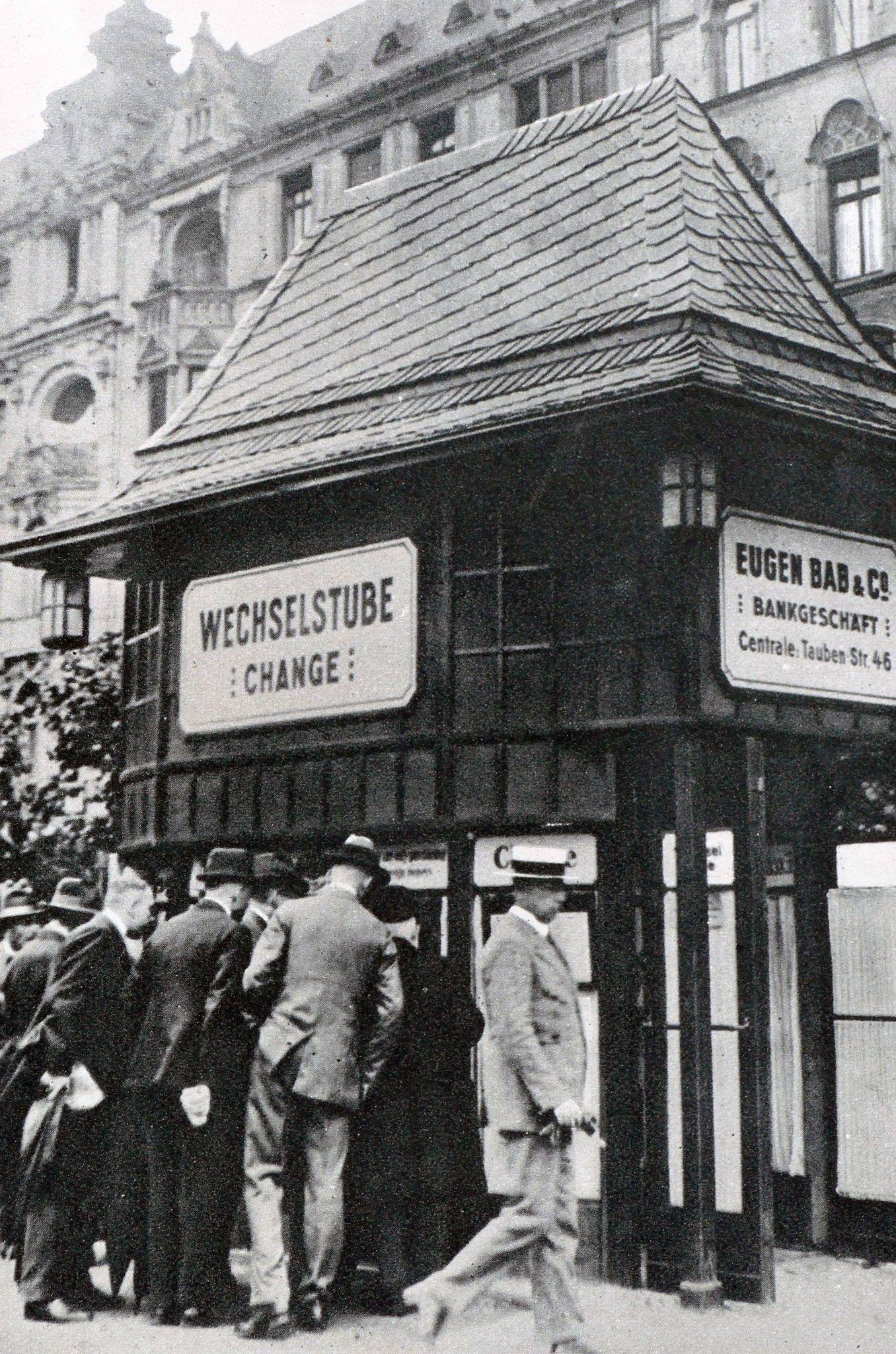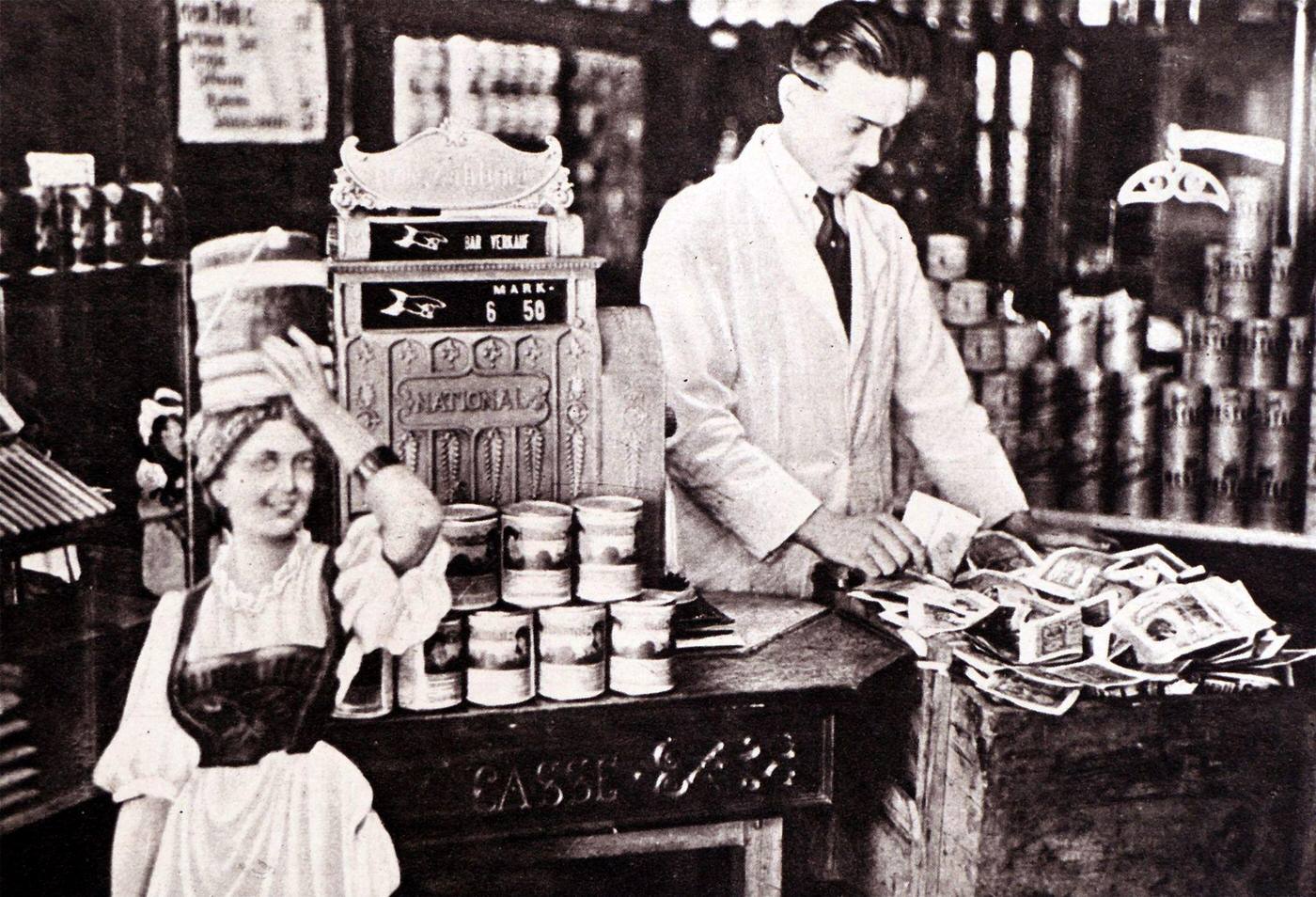Germany, post-World War I, was a nation in turmoil. Saddled with war guilt and hefty reparation debts as part of the Treaty of Versailles, the country’s economic condition was fragile. The government, pressed for cash, did what seemed to be the only solution at that time – it printed more money. The aim was to stimulate the economy and pay off debts. But things didn’t quite go as planned.
Germany had borrowed heavily during the war, expecting to repay the loans with reparations from a victorious conquest, which didn’t happen. The German government had to find a way to pay off this debt. The Ruhr, a major industrial region in Germany, was occupied by France and Belgium in 1923 when Germany failed to keep up with reparation payments. This caused a massive decrease in the production of goods and commodities, worsening the economic situation and causing prices to soar even further.
Hyperinflation is when prices increase rapidly as a currency loses its value. That’s exactly what happened in Germany. By 1922, the value of the German mark plummeted. Prices began to increase rapidly, and the mark was losing its value. In November 1921, you could buy a loaf of bread for around 4 marks. Just two years later, in November 1923, that same loaf cost 200 billion marks!
Ordinary people found their life savings wiped out overnight. It was a surreal world where people rushed to spend their wages immediately, knowing that the money would be worth far less in just a few hours. Wheelbarrows full of money were used to buy everyday items. Some stories even suggest that children used bundles of banknotes as building blocks, and thieves stole the wheelbarrows, leaving the worthless money behind.
To stabilize the situation, the German government introduced a new currency – the Rentenmark – in late 1923. Each Rentenmark was equal to one trillion old marks. The introduction of the Rentenmark, coupled with fiscal reforms and a plan for managing reparation payments, gradually helped Germany recover from the disastrous hyperinflation.
The hyperinflation episode left a deep impact on the German psyche. It changed people’s relationship with money and savings, and instilled a fear of inflation that persists even today in German monetary policy.
Here are some historical photos that depict the hyperinflation in Germany during the 1940s.




























